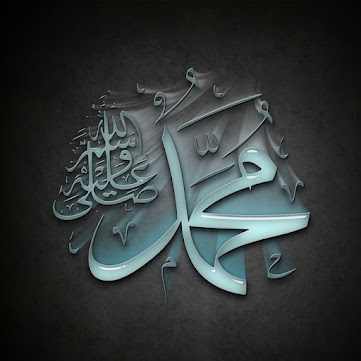Naade Ali ? Nad e Ali Dua is a special form of supplication that is often recited for the welfare of the recipient. This prayer can be said by anyone, regardless of their faith or belief system. Nad e Ali Dua is believed to have great power and can be used to bring about good luck and prosperity in the life of the person praying.
What Does Nad e Ali Dua Mean?
Nad e Ali Dua is one of the most popular and widely recited dua in Islamic tradition. Nad e Ali Dua means "Our Father, Who art in Heaven," and it is often used to request God's help in resolving a problem. Muslims believe that by reciting Nad e Ali Dua regularly, they are keeping their faith strong and promoting harmony between themselves and God.
How to Recite Nad e, Ali Dua, for Your All Wishes
The best way to recite Nad e Ali Dua is to immerse yourself in the meaning of the supplication. Start by reading the following verses and focusing on the meaning of each word:
Nad e Ali Dua (لا إن أبي دعوت) لأني أحبهم
إني مستعد لهم ومن سوى هذه الدعوة فإني مستعد لهم القرآن والسنة والجماعة
O,my Lord, I seek refuge with You from the accusing tongues of men; I desire only to be close to them and to believe in what You have revealed through these verses. Accept my request, O Lord!

Comments
Post a Comment